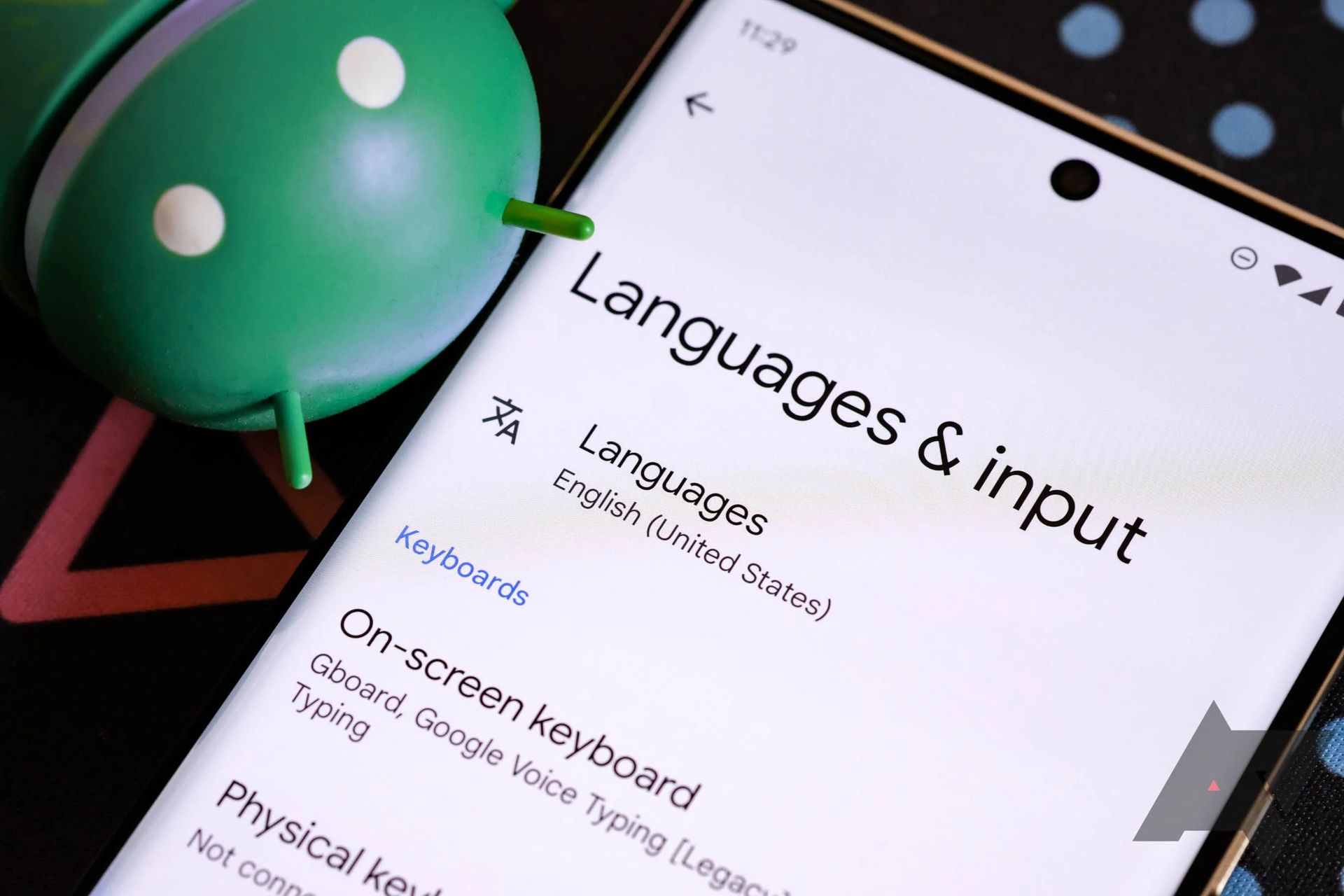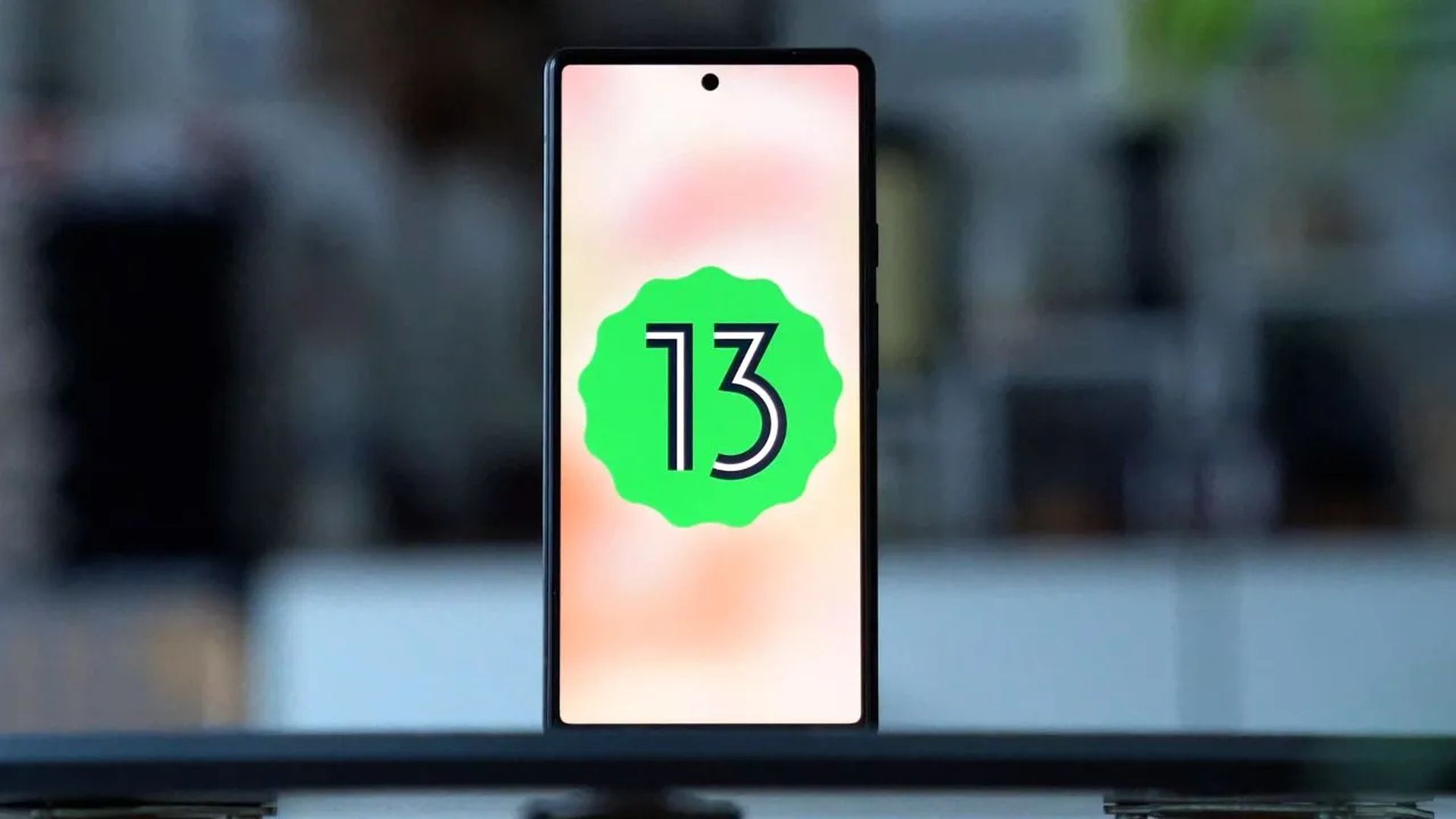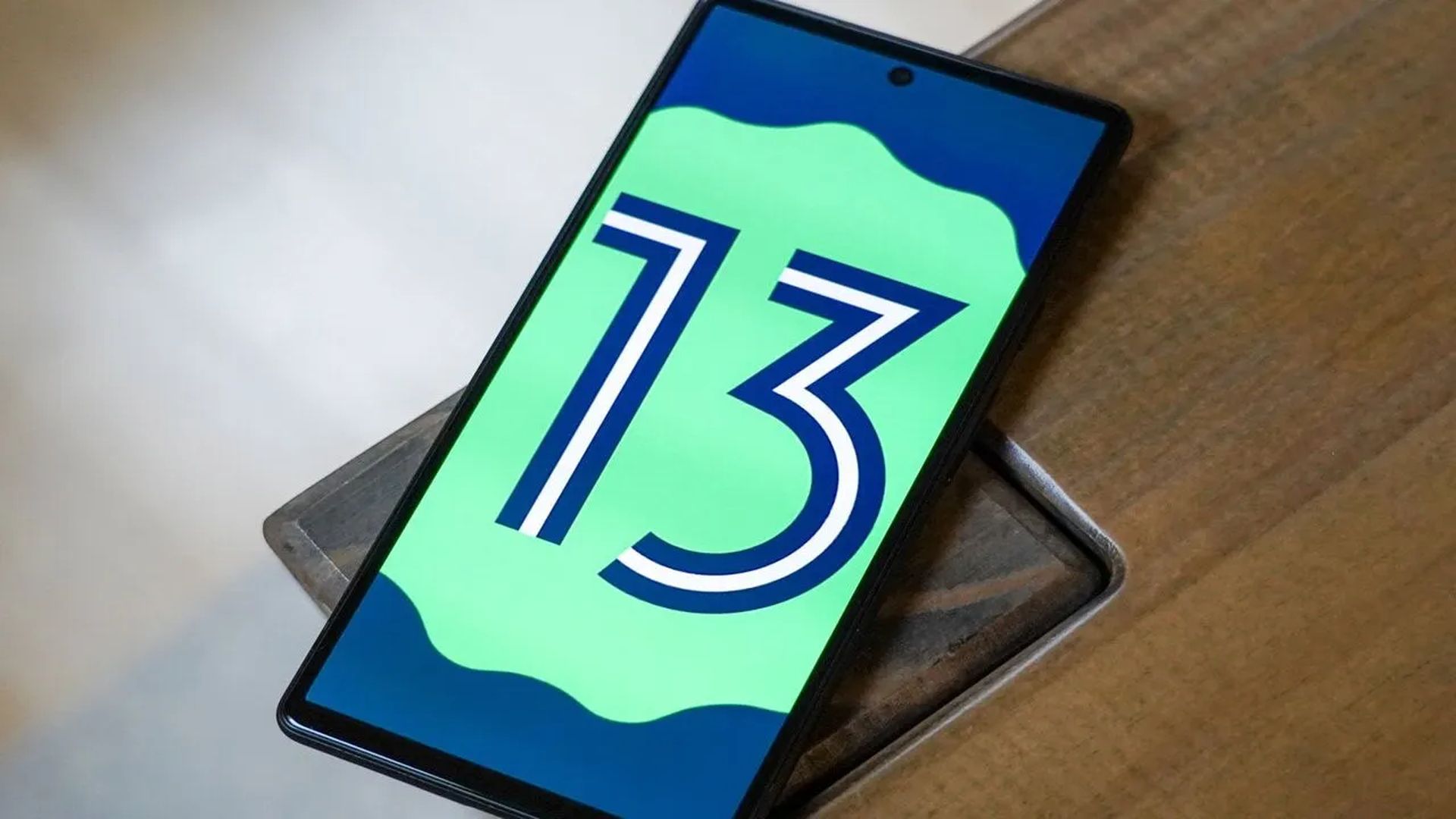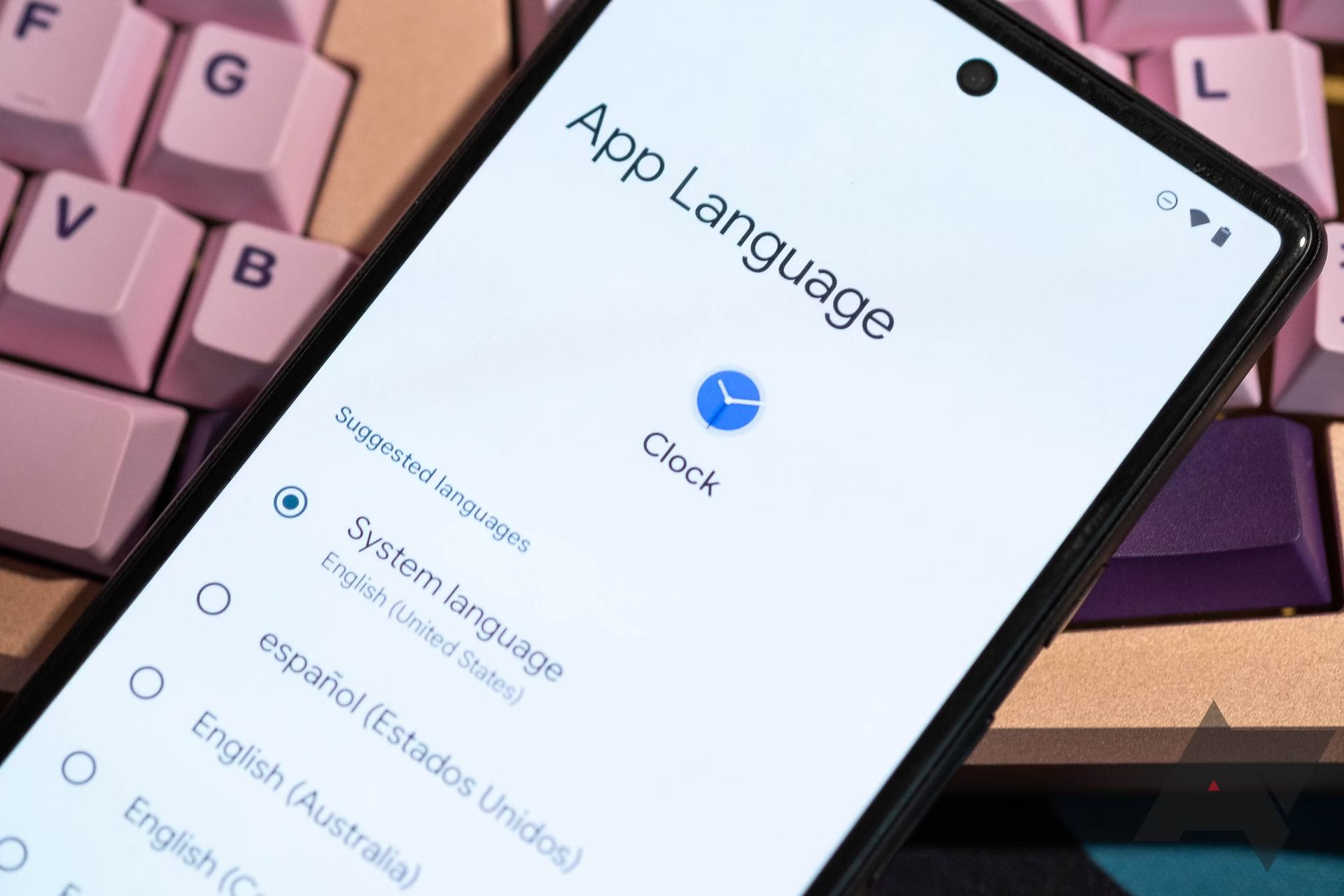Today we are here to explain how to change per-app language settings in Android 13 because thanks to the new operating system you can now change the language that each app uses individually.
What is per-app settings?
With the new per-app language setting, you can choose which apps display content in various languages based solely on your requirements. You can follow the instructions in this guide to change the language for each app in Android 13. Per-app language settings is only one of the new tools of the new operating system of Google, don’t forget to review all of the new Android 13 features and supported devices.

How to change per-app language settings in Android 13?
There is a language hierarchy in Android 13. Unless otherwise specified, the default language that is selected when configuring the device will be used by all apps. You can choose specific apps and override your phone’s system default language for each one if necessary.
- Following these steps, you will learn how to change per-app language settings in Android 13:
- Swipe down twice from the homescreen of your Android 13 device until you see the settings cog at the bottom, then tap it to access settings.
- Select System.
- Then click Languages & Input.
- Click on App languages.
- Find the apps you want to change the language for by scrolling through them. Once located, select your new language by tapping the app.

Can I change the language of one app in Android?
Yes, for multilingual users, this new feature makes it possible to run the application under locales that aren’t always the same ones set at Android settings. Using the recently introduced APIs, it enables applications to alter the locale preferences at runtime.
There aren’t many apps that support different language options aside from the system default at the moment; we’d estimate that only 20% of the apps installed on any given device have this option.
After choosing a different language for an app, you might not notice the change right away. Some users discovered that they needed to restart their devices after changing the language of an app before anything changed. The language should then be changed in your app.
Some apps, like Google Chrome on Android, don’t seem to like the language switch, but that could just be a bug that needs to be fixed. With this new Android 13 feature, more apps will likely begin to support language switching in the future.

Why would you want to switch languages per-app?
There are numerous use cases where having certain apps available in multiple languages is useful because many users are bilingual. For instance, you might be fluent in both Italian and English, with Italian being your mother tongue. You may have made English the system default language on your device. Most apps can benefit from this, though some, like financial ones, would be much better suited to French due to its comfort level.
Additionally, you might be trying to learn a new language. In this case, changing the app language will allow you to visit some apps for brief periods of time while keeping your system’s default language set to your native tongue. This would encourage you to use the language to navigate the app and help you become more immersed in it.
As previously stated, there are many applications for this feature, and it appears to have been in demand for some time. Regardless of your situation, using this feature will let you customize your experience to suit you the best, regardless of the language or combination of languages.
This way you’ve learned how to change per-app language settings in Android 13! Which Android device you have? Check out if your device gets the update soon enough: Android 13 update list for all brands.





